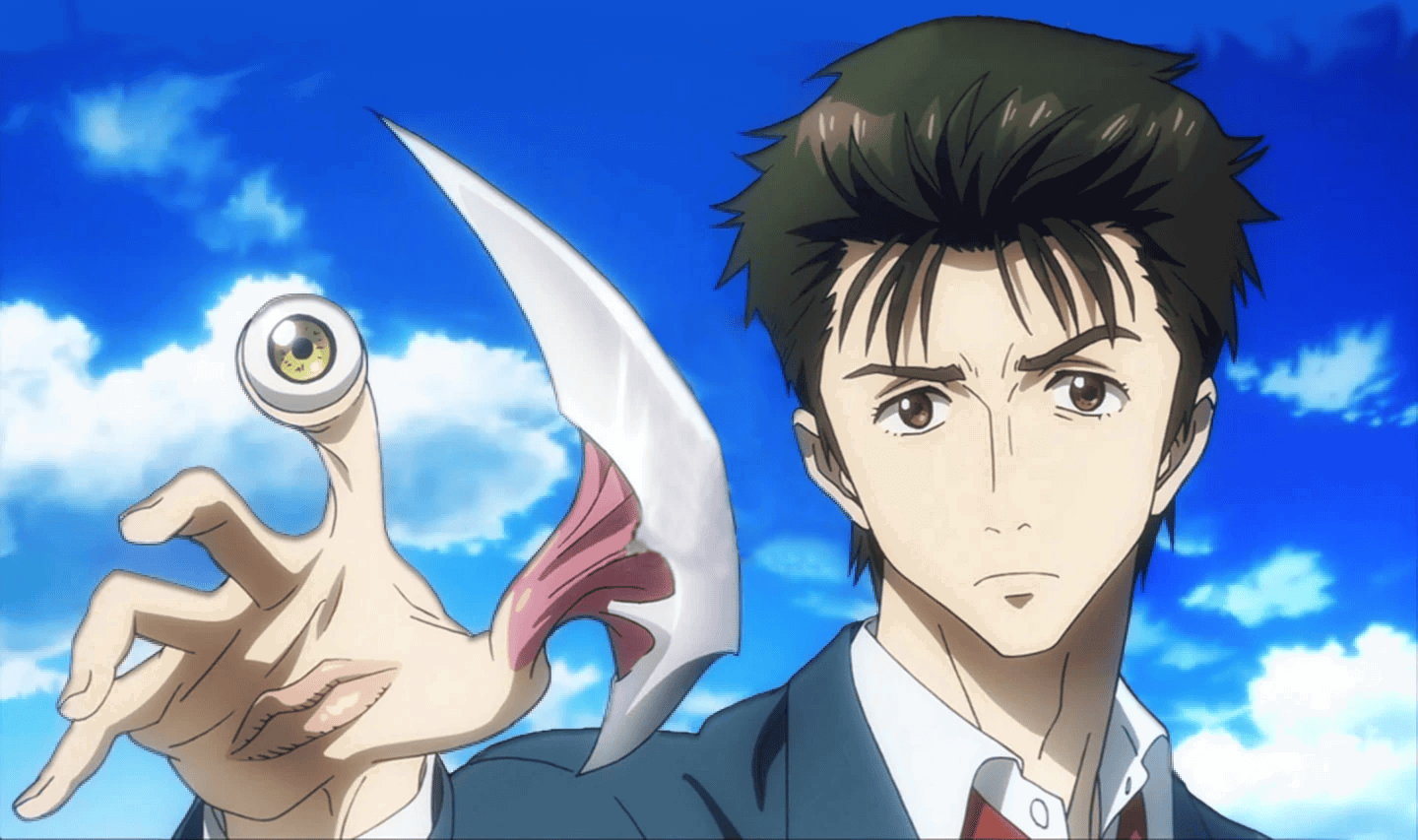Takashi Yamazaki, the director of the 2023 film Godzilla Minus One, was also the director of the live-action adaptation of Parasyte. He had created both Parasyte: Part 1 and Parasyte: Part 2. It’s safe to say the director is a connoisseur of Hitoshi Iwaaki’s manga and on top of that, he is a wizard of visual effects in the industry. There’s no one better than him in the game.
Initially, rights to the film adaptation of Parasyte belonged to an American studio but as we can see, it never came to exist in Hollywood. It got handed to Yamazaki and eventually became a two-part film series. The director has discussed why the movie works within the Japanese context and not American.
Hollywood Was Not Ready for Parasyte

With Shota Sometani as Shinichi Izumi, it became a forgotten adaptation in the swarm of bad live-action adaptations. The film changed a ton about the source material but the visual effects, despite a tight budget, were visually interesting and creepy. However, the crux of Parasyte is that people are not just good and bad. We all have both sides within us. Takashi Yamazaki recognized that point as to why it wouldn’t have worked for an American audience:
I think it might have had something to do with the fact that it doesn’t make clear distinctions between good and evil. If you think about the story from a Christian-influenced perspective, something doesn’t seem right about it. In a polytheistic country like Japan, we can think of the parasites as ‘gods’ that are higher lifeforms than humans.
Having characters that aren’t clearly good or evil, or showing that both sides exist within all of us, might not have gone down well with viewers in the United States.
Shinichi, the protagonist of Parasyte, is forced to live with a parasite in his body he names “Migi.” While their relationship is turbulent initially, they end up blooming an unlikely friendship. They battle other parasites together who prey on human beings. So, while he becomes braver, Takashi Yamazaki also realizes that Shinichi is a very typical Japanese person at heart and this perspective cannot be replicated in an American context. It would require rewriting Shinichi’s entire character.
Shinichi Izumi: A Reflection of Japanese Society

In Japanese culture, restraint, humility, and quiet perseverance are celebrated traits. Shinichi represents a typical Japanese person who internalizes his conflicts, as proven by hiding Migi from his father. He struggles to understand his new abilities and his evolution is terrifying. His attempt to reconcile his humanity after Migi’s existence is portrayed with subtlety and introspection, values that are central to Japanese storytelling tropes.
Yamazaki rightfully points out that American audiences would find this behavior baffling as most American fictional characters face their issues head-on. There would be a significant gap in cultural context with an American adaptation that would not do justice to Shinichi’s story and internal struggle. The external struggles with the other parasites might be done justice with Hollywood’s bigger budget but the true story lies in the character development of Shinichi.
Parasyte: The Maxim is available on Crunchyroll for streaming.

